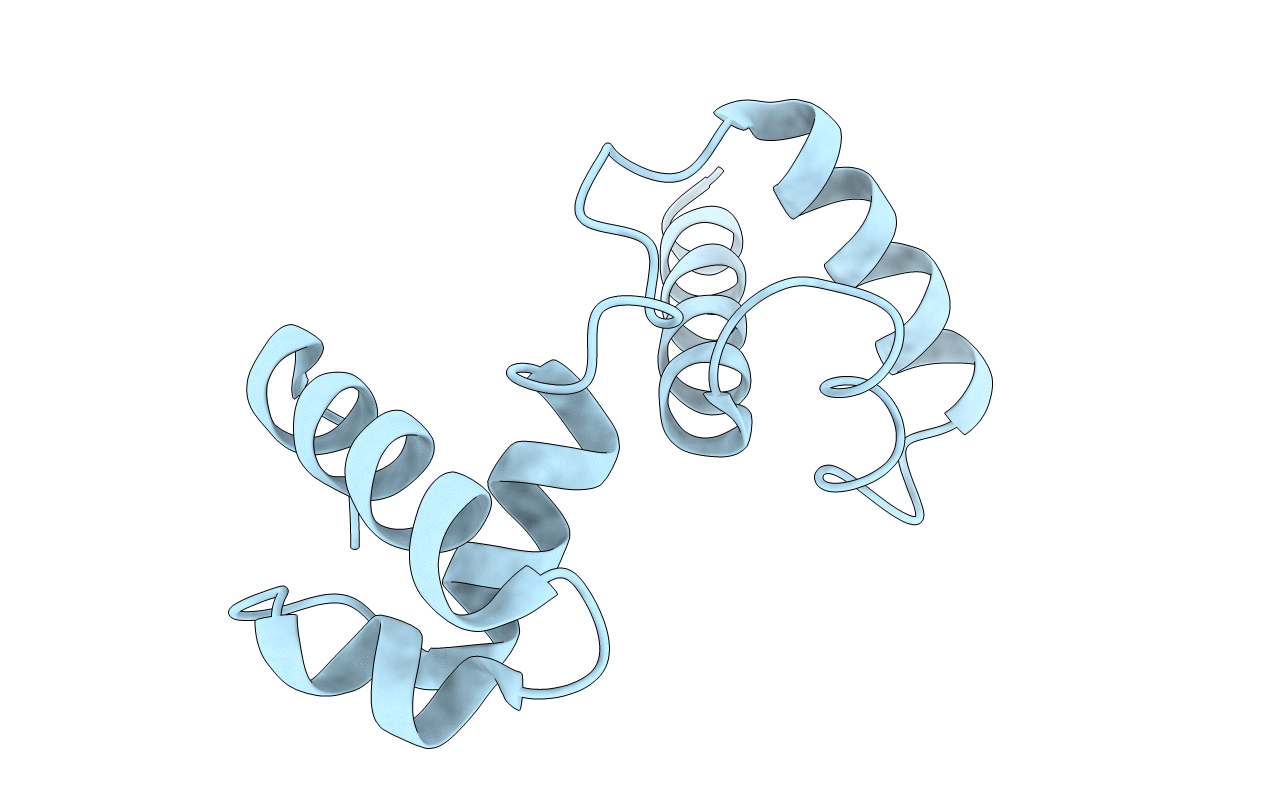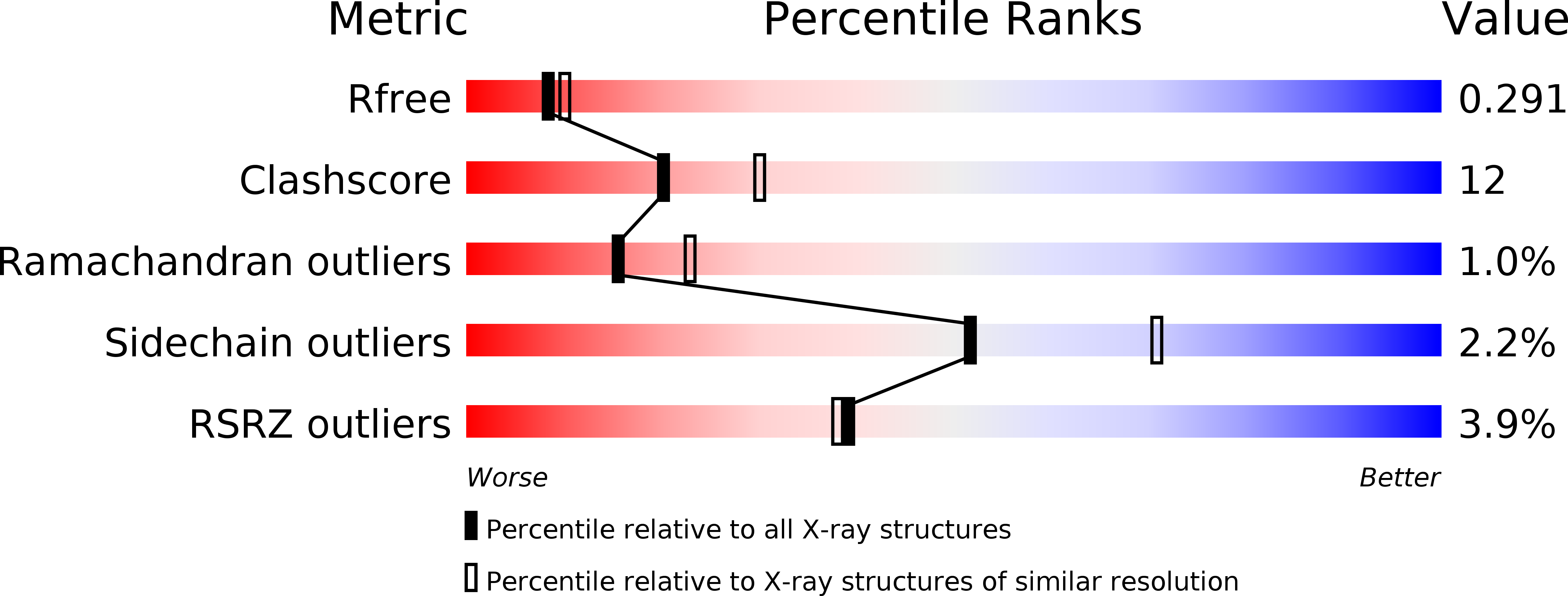
Deposition Date
2019-04-14
Release Date
2020-02-19
Last Version Date
2024-03-27
Entry Detail
PDB ID:
6JUI
Keywords:
Title:
The atypical Myb-like protein Cdc5 contains two distinct nucleic acid-binding surfaces
Biological Source:
Source Organism:
Magnaporthe oryzae (Taxon ID: 318829)
Host Organism:
Method Details:
Experimental Method:
Resolution:
2.40 Å
R-Value Free:
0.27
R-Value Work:
0.23
R-Value Observed:
0.23
Space Group:
C 2 2 21


